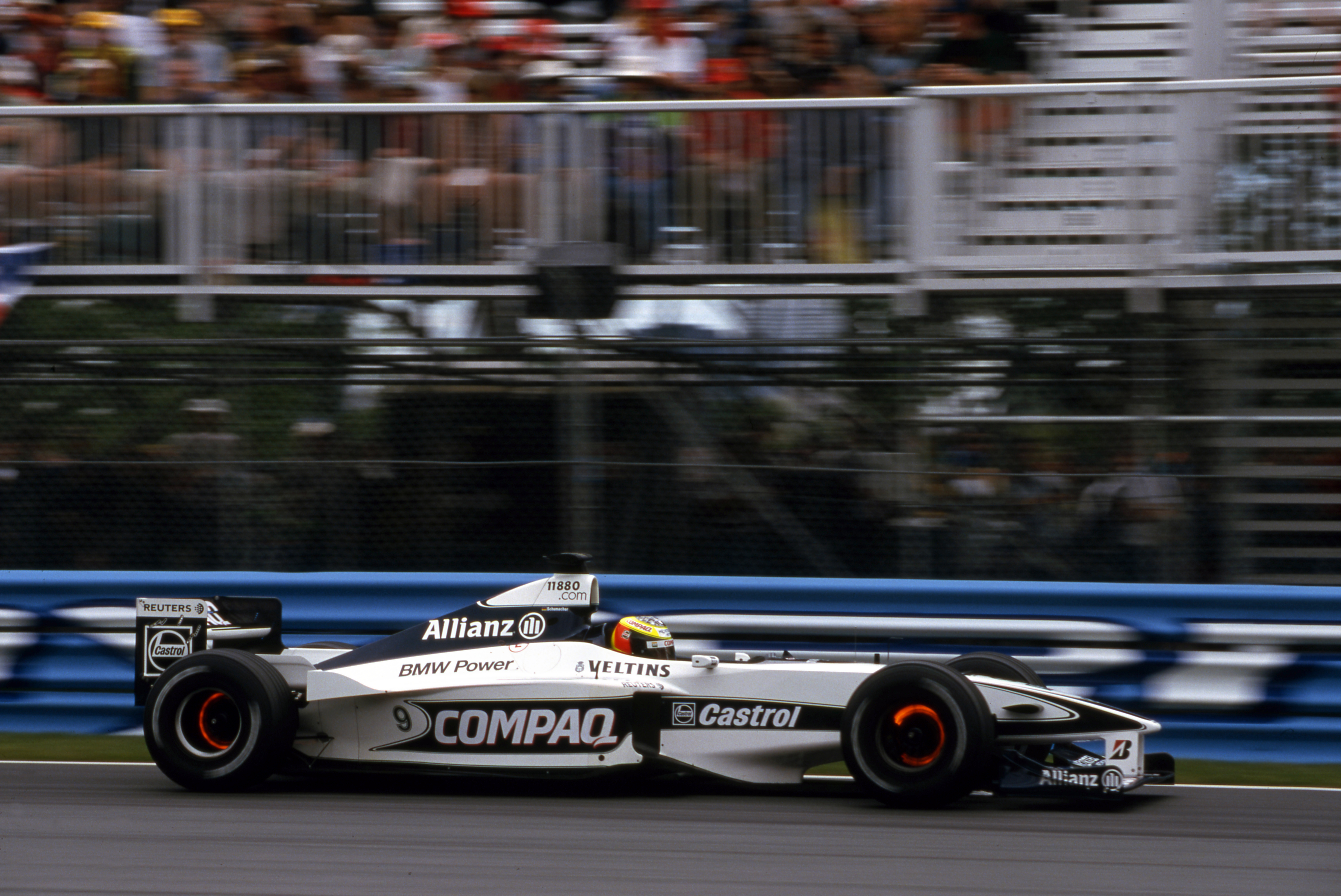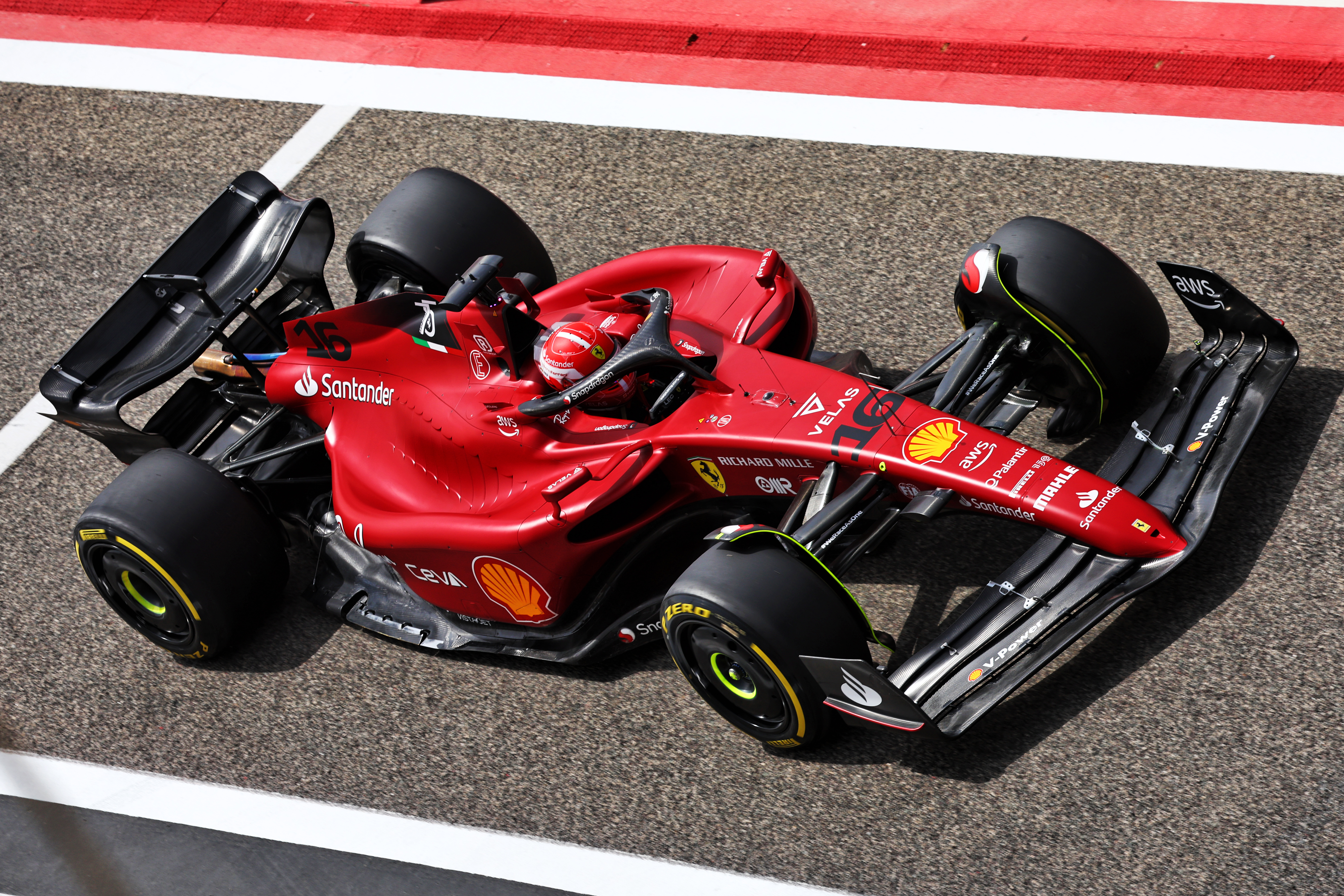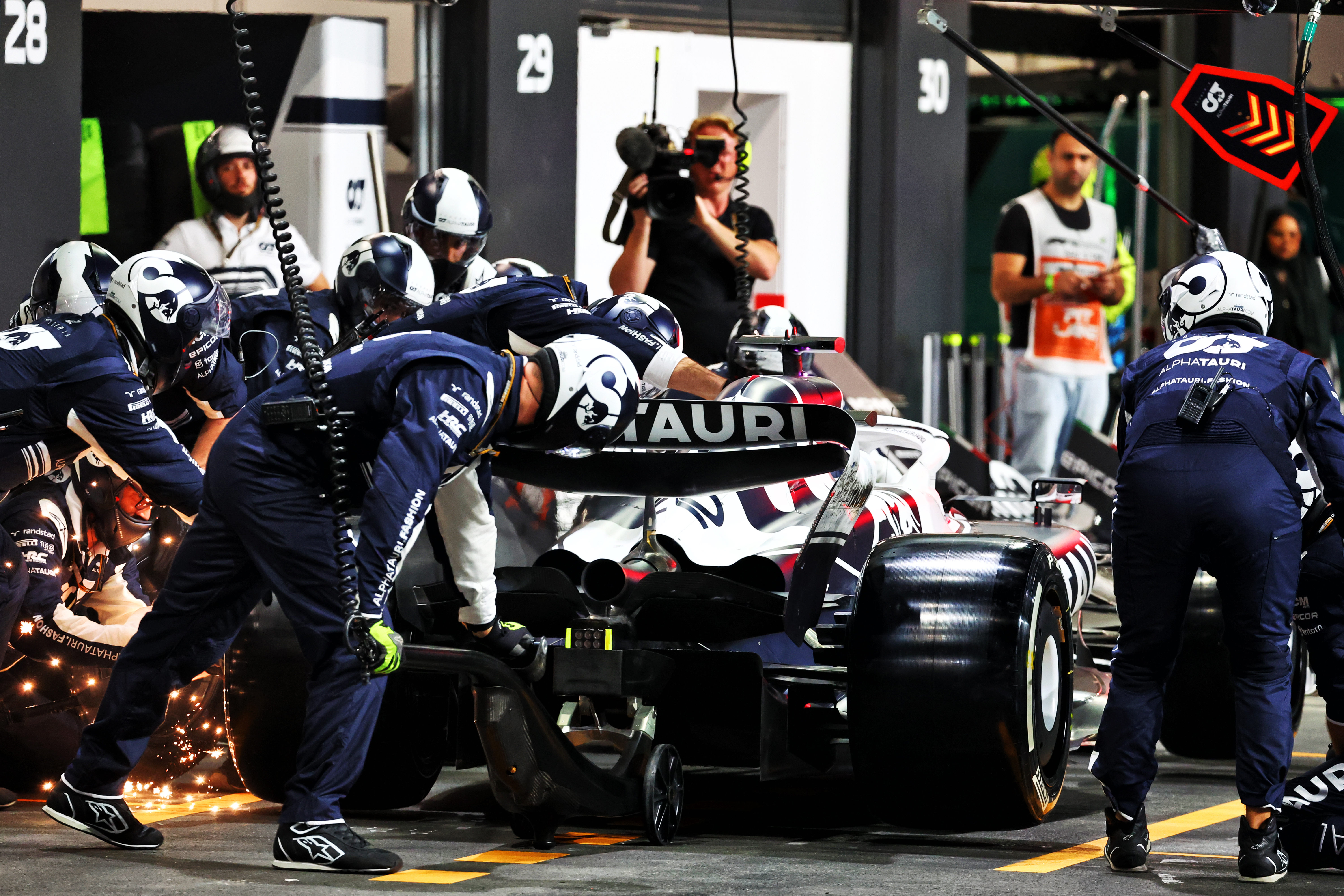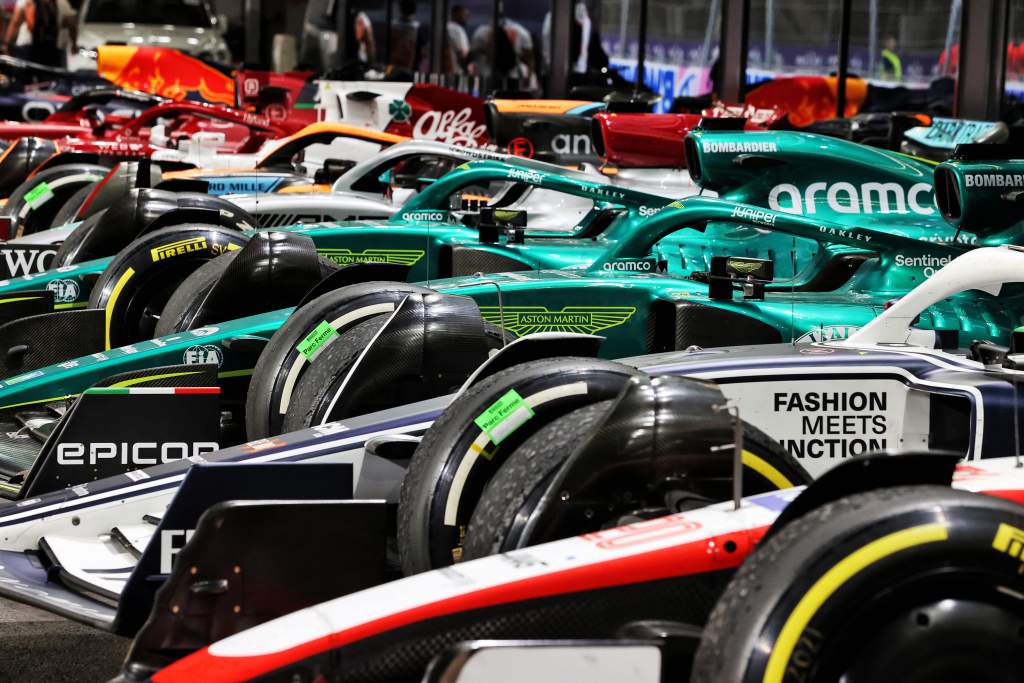Up Next

There’s widespread concern about the weight of this new breed of Formula 1 cars among everyone – drivers, teams, enthusiasts, viewers and even the dedicated F1 media are complaining.
At 798kg minimum weight, thanks to an increase of 3kg just ahead of the start of the season, the cars are the heaviest they have ever been, look sluggish to watch as a result, and to the driver they must be so lazy as to feel like tanks.
But it’s even more alarming when you look at the bigger picture of how things have changed. So here’s how it has evolved over the past 20-odd years.
| WEIGHT RULES | 2000 | 2022 | Increase |
| Car with driver (no fuel) | 625kg (regulated) | 798kg (regulated) | 173kg |
| Engine | 110kg (free) | 150kg (regulated) | 40kg |
| Safety, chassis + misc | 75kg | 100kg | 25kg |
| Tyres and wheels | 46kg | 74kg | 28kg |
| Wheelbase (approx.) | 300cm (free) | 360cm (maximum) | 60cm |
Some of these weight changes are estimated, but F1 needs to be careful because as the mass increases, so do the safety requirements. So it’s literally a spiral to nowhere.
If we simply add the extra weight of the increased safety demands, wheels/tyres and the engine to the 2000 car weight it gives us a weight of 718kg, not the 798kg that we currently have.

Now we come to the juicy bit. Weight is not linear through the length of the car, but if we take the wheelbase of the 2000 car as being roughly 300cm, which they were, and divide the weight of 625kg by that we end up with a ‘car design weight efficiency’ of 2.08kg/cm.
Taking into account the increased weight that has been imposed on the teams regulation wise would bring that same car up to 718kg, which if you divide it by that same 300cm gives a design weight efficiency of 2.39kg/cm.
Taking the maximum wheelbase for 2022 of 360cm, which most teams are in the region of, and the car/driver weight of 798kg, we end up with a design weight efficiency of 2.22kg/cm.
So weight efficiency wise, the teams have done a better job than they would have done back in 2000 by 0.17kg/cm. However, if you were to take that 2.22kg/cm and build a car that has a 325cm wheelbase, you end up with a car that weighs 718kg.
The maximum wheelbase of 360cm is exactly what it says – a maximum. However, in the interests of performance most teams went down the full-length wheelbase route and have ended up with overweight cars. With an approximate laptime penalty of 0.3s per lap for each 10kg overweight, that will negate most of the increase in performance from the wheelbase.
As with most of the car designs, the teams get led by their aerodynamic test results. If the longer wheelbase shows better results in the windtunnel because the underfloor tunnels are longer, or because the gap to the front wheels is greater, then most of them will buy into the fact that they will be able to pull the weight back ‘somehow’.

The teams will be using a massive spreadsheet to calculate the overall weight of the car and the location of every component on its X-Y-Z coordinate will define the weight distribution and centre of gravity. However, it all depends on how compressive that spreadsheet is and sometimes it is not until the last gizmo is added that you actually know the overall weight of the car. So sometimes, it can be too late.
Other than by simulation during the design stages, it is always very difficult to predict laptime improvements with improved aerodynamics. And as we have seen this year with ground effect, it’s even more difficult because of this porpoising phenomenon that to some extent has caught everyone out. Whereas a weight penalty is a weight penalty, and in turn a laptime penalty.
Lots of these numbers are rounded up, but the purpose is to offer an understanding of the fact that the decisions made in the early design stages by the teams can have far reaching consequences that you might have to live with for quite a few races, if not the complete season.

As teams sort out some small reliability issues the cars normally gain weight so as the season progresses you need to have a dedicated weight-reduction plan in place to actually keep the weight stable.
Simply making something lighter brings with it even more reliability concerns. The simplest way to reduce the weight is to not have something. If at all possible, doing away with a complete component that might not be bringing much to the overall performance of the car saves weight and doesn’t bring reliability issues.
I’m pretty sure if you really went around any of these cars in detail there will be a few components that have ended up on there simply because one day they might be useful.
Moaning about the cars being overweight should have been addressed within each team probably a year ago, if not more, rather than going into the new regulations with cars that are overweight and lobbying for an increase in minimum weight.





